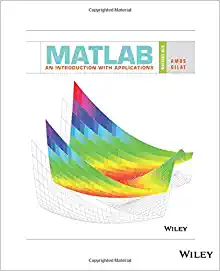Question
1) which would you rather receive the proceeds from a 2-years investment paying 5 percent simple interest per year or from one paying 5 percent
1) which would you rather receive the proceeds from a 2-years investment paying 5 percent simple interest per year or from one paying 5 percent compound interest?
2) Which is greater the future value interest factor (FVIF) for 10 percent and two years or the present value interest factor (PVIF) for 10 percent and two years?
3)What happens to the present value of an annuity as the interest rate increases? What happens to the future value of an annuity as the interest rate increases?
4) Which would you prefer to invest in: a saving account paying 6 percent compounded annually or a saving account paying 6 percent compounded daily? Why?
5)what type of contract might require the use of annuity due computations?
6) what effect does more frequent compounding have on present values?
7) why should each of the following be familiar with compounding and present value concepts?
A. A Marketing manager
B. A personnel manager
8) Explain the rule of 72. How can it be used in finance applications? (See footnote 3.)
9) What is the relationship between present value and future value?
10) What is the difference between an ordinary annuity and an annuity due? Give examples of each.
Step by Step Solution
There are 3 Steps involved in it
Step: 1

Get Instant Access to Expert-Tailored Solutions
See step-by-step solutions with expert insights and AI powered tools for academic success
Step: 2

Step: 3

Ace Your Homework with AI
Get the answers you need in no time with our AI-driven, step-by-step assistance
Get Started


